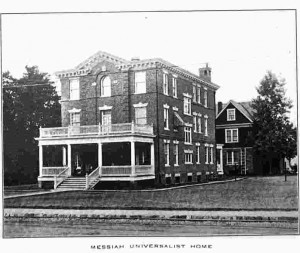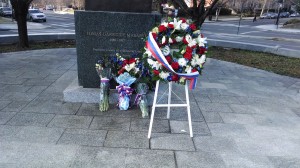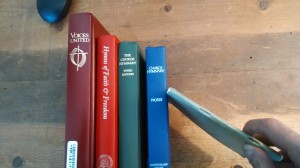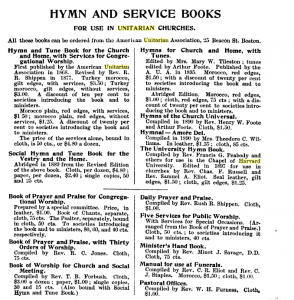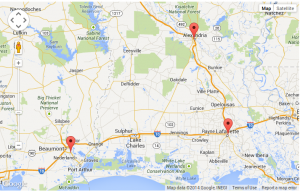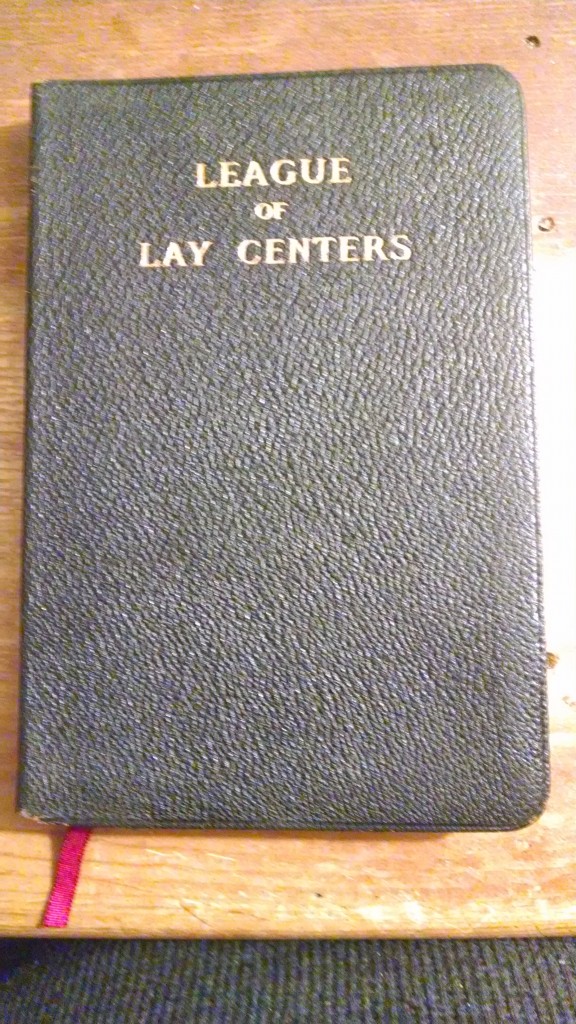So, what are the “standards” of Unitarian hymnody? Lacking an objective standard, I’ve looked at the question one of two ways: hymns commonly found in Unitarian hymnals, by Unitarian authors; and those chosem by leading lights. This blog post assumes the later.
“The Unitarian faith set forth in fifty Unitarian hymns” by American Unitarian Association (1914)
Each entry has a common structure: an entitling theme of what particularly Unitarian sentiment is expressed in the hymn (omitted here; will appear late as sermon meditation fodder), a relevant passage or two of scripture, the hymn, suggested tunes, and biographical stub of the hymn author. In the introduction, we learn that, “With three exceptions the hymns and poems in this collection are taken from the Unitarian Hymn Book [presumably the New Hymn and Tune Book; also 1914].…The selections on pages 9, 29, and 56 are verses which are adapted to reading or reciting rather than for singing.”
This is far from all good Unitarian hymns that existed then, much less encompassing what good non-Unitarian hymns the Unitarians sing. (Naturally, the Universalists had their own favorites, but there tended to be a lot overlap.) And not all of these hold up over the last century.
So, how did this list square with the succeeding Universalist, then the three suceeding Unitarian (and ) Universalist hymnals, to today? For what it’s worth, Singing the Living Tradition has more “survivors” than any other comtemporary hymnal, in the United States anyway.
Key:
- HOTC1917: Hymns of the Church (Universalist, 1917)
- HOTS1938: Hymns of the Spirit (joint Unitarian and Universalist, 1938)
- HCL1964: Hymns for the Celebration of Life (Unitarian Universalist, 1964)
- SLT1993: Singing the Living Tradition (Unitarian Universalist, 1993)
[table width=”500″]
Incipit,Author,Pg,HOTC1917,HOTS1938,HCL1964,SLT1993
‘O Beautiful my Country!’,Frederick Lucian Hosmer,47,238,388,240,
Calm on the listening ear of night,Edmund Hamilton Sears,34,315,159,,
Christian rise and act thy creed,Francis Albert Rollo Russell,24,,282,,
“Eternal One, thou living God”,Samuel Longfellow,10,,367,246,345
Father in thy mysterious presence kneeling,Samuel Johnson,18,293,229,,
Father let thy kingdom come,John Page Hopps,42,,336,,
Father thy wonders do not singly stand,Jones Very,17,,41,,
From age to age how grandly rise,Frederick Lucian Hosmer,11,,423,231,105
Go not my soul in search of him Thou wilt find him there,Frederick Lucian Hosmer,20,,58,88,
God of the nations near and far,John Haynes Holmes,48,217,399,,
“Hear, hear, O ye nations, and hearing obey”,Frederick Lucian Hosmer,49,240,398,194,
I cannot think of them as dead,Frederick Lucian Hosmer,54,362,202,73,96
Immortal by their deed and word; Like light around them shed,Frederick Lucian Hosmer,27,,203,,
In the cross of Christ I glory,John Bowering,36,338,190,,
It came upon the midnight clear,Edmund Hamilton Sears,35,317,162,287,244
It singeth low in every heart,John White Chadwick,55,244,451,,
Life of ages richly poured,Samuel Johnson,23,,337,172,111
Light of ages and of nations,Samuel Longfellow,12,,75,248,189
Lord of all being throned afar,Oliver Wendell Holmes,7,,16,38,
Mine eyes have seen the glory of the coming of the Lord,Julia Ward Howe,46,241,567,,
My God I thank thee may no thought,Andrews Norton,52,,,,
Mysterious Presence source of all,Seth Curtis Beach,14,,63,130,92
Nearer my God to thee,Sarah Flowers Adams,19,171,245,126,87
O God whose presence glows in all,Nathaniel Langdon Frothingham,40,,60,,
O Life that maketh all things new,Samuel Longfellow,44,,416,54,12
O Light from age to age the same,Frederick Lucian Hosmer,31,,464,255,
O Lord of life thy kingdom is at hand,Marion Franklin Ham,39,,332,,
“O Love divine, that stooped to share”,Oliver Wendell Holmes,53,289,188,,
O prophet souls of all the years,Frederick Lucian Hosmer,22,,421,233,272
O Thou great friend to all the sons of men,Theodore Parker,25,93,209,,
O Thou in lonely vigil led,Frederick Lucian Hosmer,43,,171,,
O Thou whose Spirit witness bears; Within our spirits free,Frederick Lucian Hosmer,15,,52,74,
One holy Church of God appears,Samuel Longfellow,51,170,407,261,
Our Father while our hearts unlearn,Oliver Wendell Holmes,26,,235,,
“Our God, our God thou shinest here”,Thomas Hornblower Gill,38,,9,36,
The ages one great minster seem,James Russell Lowell,50,,417,,
“The clashing of creeds, and the strife”,Henry Wadsworth Longfellow,29,,,,
The Light along the ages Shines higher as it goes,William George Tarrant,37,,197,,
The Lord is in his Holy Place,William Channing Gannett,16,,73,,
“This is the ship of pearl, which, poets feign”,Oliver Wendell Holmes,56,,,,
Thou Grace Divine encircling all,Eliza Scudder,21,87,224,,
Thou Life within my life than self more near,Eliza Scudder,8,,81,,
Thou Lord of Hosts whose guiding hand,Octavius Brooks Frothingham,28,,310,,
“Thy kingdom come,—on bended knee”,Frederick Lucian Hosmer,45,211,338,,
We come unto our fathers’ God ,Thomas Hornblower Gill,30,,363,15,
We love the venerable house Our fathers built to God,Ralph Waldo Emerson,32,,466,,
We pray no more made lowly wise,Frederick Lucian Hosmer,13,,274,188,
“When thy heart, with joy o’erflowing”,Theodore Chickering Williams,41,204,280,226,
Where ancient forests widely spread,Andrews Norton,33,,27,,
Whither midst falling dew,William Cullen Bryant,9,,,,
[/table]





